Intel X58 Roundup: Six $300+ Platforms Compared
DFI LANParty UT X58-T3eH8
Features and Layout
DFI caters to habitual system tuners in its LANParty UT series, applying this concept to the “elite overclocking” market with oversized sinks and heavy-duty electrical controls. The X58-T3eH8 continues this tradition with a removable heat-pipe extension that fits through the port panel to mount its sink externally.
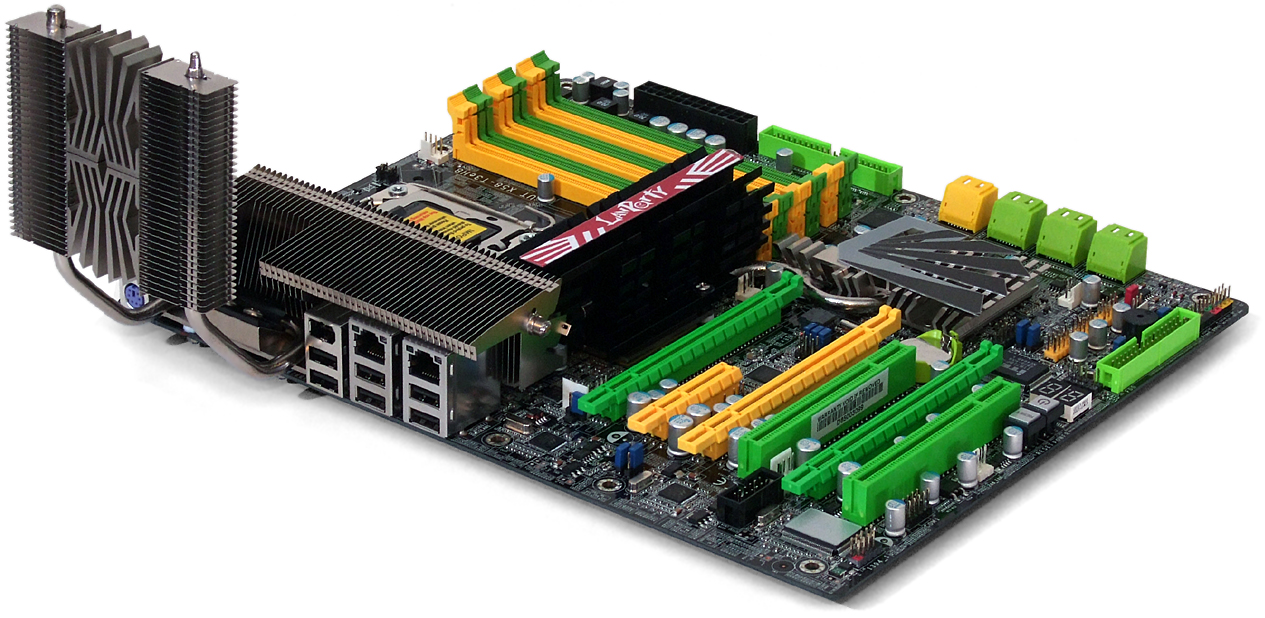
But putting too much of our emphasis on the X58-T3eH8’s unusual cooling arrangement would cause us to overlook some of the motherboard’s more important features, such as its eight-phase full-digital CPU voltage regulator and perfect PCIe 2.0 slot configuration. This LANParty UT can hold three double-slot graphics cards in 3-way SLI or CrossFireX configurations without requiring additional clearance beneath the board, thanks to a two-space separation between each x16 slot and another two spaces between the lower graphics slot and the motherboard’s bottom edge.
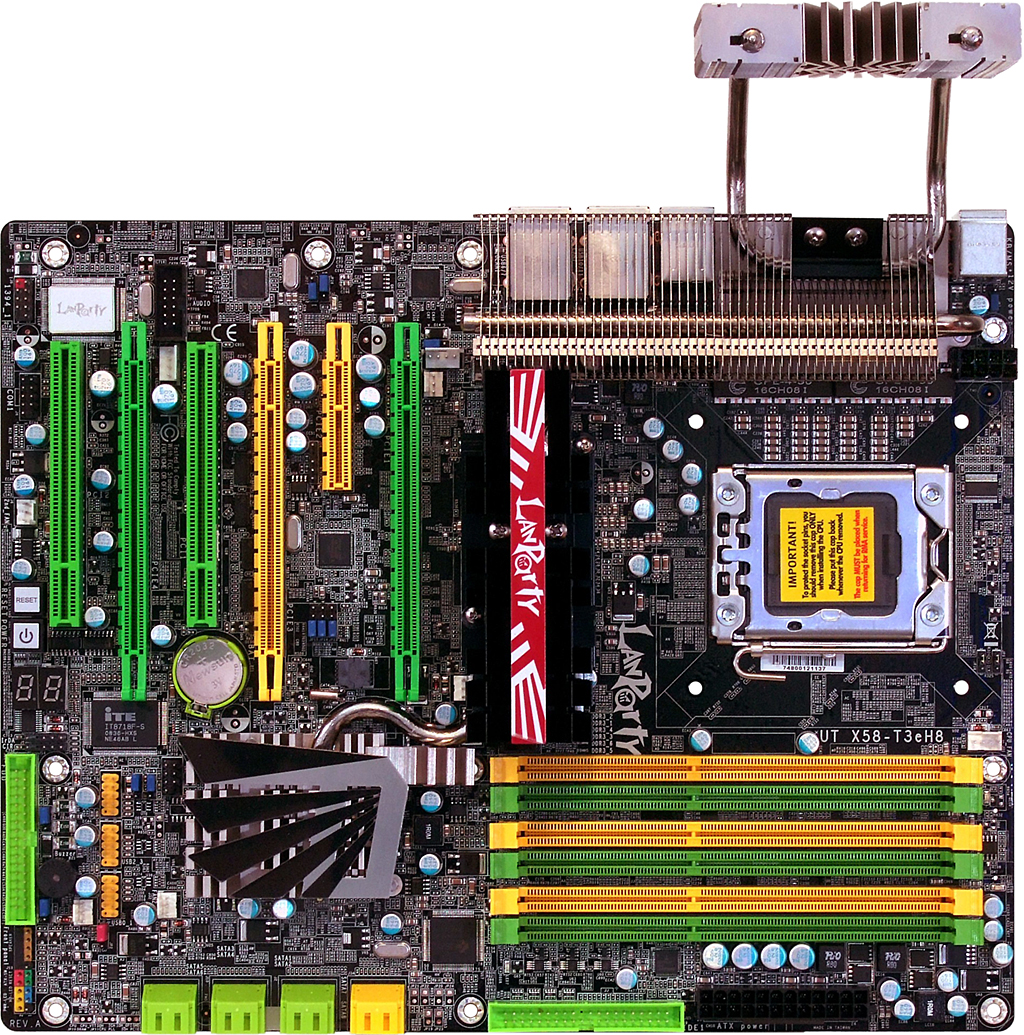
Connector placement is similarly pleasing with an eight-pin EPS12V header at the top rear corner, an EPS/ATX main power header near the top of the front edge, and an Ultra ATA connector along the front edge above the motherboard’s center line for easy cable reach to upper drive bays. The only real annoyance is that the floppy header is at the bottom, but floppy drives are only needed for adding AHCI or RAID drivers when installing Windows XP. A well-positioned Ultra ATA header is meaningless in a system that has no associated drives, and far more people use Windows XP than Ultra ATA in new builds.
Builders of ultra high-end systems will probably be disappointed that the use of three double-thickness graphics cards precludes the use of any add-in audio solutions, since the uppermost slot position is empty. However, the empty slot position does provide a handy place to stick DFI’s Bernstein Audio Module.
Eight SATA 3.0 Gb/s headers tuck nicely under the forward edges of extra-long graphics cards, but the forward-facing orientation does require extra space between the motherboard’s leading edge and any nearby drive cages. This has long been a problem for high-end system builders, so most mid-sized and larger cases are now designed with the required clearance.
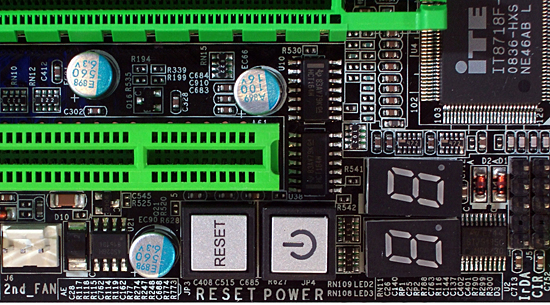
Power and reset buttons along the X58-T3eH8’s bottom edge are easily reached during bench testing, but become useless in a fully-assembled system. Next to these, a Port-80 diagnostics display allows easy diagnosis of boot problems that may have been caused by overclocking.
Get Tom's Hardware's best news and in-depth reviews, straight to your inbox.
| DFI LANPartyUT X58-T3eH8 (Revision A) | |
|---|---|
| Northbridge | Intel X58 Express |
| Southbridge | Intel ICH10R |
| Voltage Regulation | Eight-Phase Full-Digital |
| BIOS | LX58D114 (01/14/2009) |
| 133.3 MHz Base Clock | 133.1 (-0.18%) |
| Clock Generator | ICS 9LPRS918JKLF |
| Connectors and Interfaces | |
| Onboard | 3x PCIe 2.0 x16 (Two with Shared Pathways) |
| 1x PCIe x4 | |
| 2x PCI | |
| 3x USB 2.0 (2 ports per connector). | |
| 1x IEEE-1394 FireWire | |
| 1x Serial Communications Port | |
| 1x Floppy | |
| 1x Ultra ATA (2 drives) | |
| 8x SATA 3.0 Gb/s | |
| 1x Fan 4-pin (CPU) | |
| 5x Fan 3-pins (Chassis, Power) | |
| 1x Power Switch | |
| 1x Reset Switch | |
| 1x Bernstein Audio module connector | |
| I/O Panel | 2x PS2 (keyboard and mouse) |
| 1x IEEE-1394 FireWire | |
| 6x USB 2.0 | |
| 2x RJ45 Ethernet | |
| Mass Storage Controllers | |
| Intel ICH10R | 6x SATA 3.0 Gb/s (RAID 0, 1, 5, 10) |
| JMicron JMB363 PCIe | 1x Ultra ATA-133 (2-drives) |
| 2x SATA 3.0 Gb/s | |
| Network | |
| Marvell 88E8052 PCIe | Gigabit LAN Interface w/Teaming |
| Marvell 88E8053 PCIe | Gigabit LAN Interface w/Teaming |
| Audio | |
| Bernstein-R889 Riser (Realtek ALC889 HD Codec) | Eight-Channel (7.1 Surround) Output |
| IEEE 1394 FireWire | |
| VIA VT6308P PCI | 2x FireWire 400 (1x Internal, 1x I/O Panel) |
Two Marvell PCIe network chips add teaming support for Gigabit Ethernet speeds of up to 2 Gb/s bi-directionally, while the same PCIe technology limits the classic JMB363 controller to a combined 250 MB/s bandwidth for its two SATA 3.0 Gb/s ports and an Ultra-ATA 133 interface.
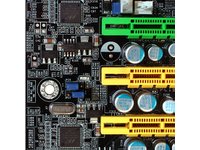

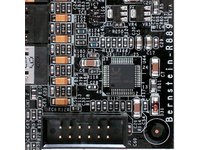
The Bernstein-R889 audio module moves the Realtek ALC889 HD audio codec offboard for reduced noise on analog connections.
Current page: DFI LANParty UT X58-T3eH8
Prev Page Rampage II Extreme BIOS, Software, And Accessories Next Page X58-T3eH8 BIOS, Software, And Accessories-
arkadi Some times it really hard to stay objective, but you did it, grate article.Reply
I would consider few other aspects as well, like service and RMA statistics.
In some countries you wont have official representation of a vendor, and in case of RMA you can end up with different MB model, usually not for the best.
From my experience i recommend for most of you to get more common boards. -
wdmso "Intel X58 Roundup: Six $300+ Platforms Compared " this title will leadReply
some less informed readers that they can get the cpu memory and MB for 300.00.
It should read "Intel X58 Roundup: Six $300+ Motherboards Compared"
the title is misleading -
neiroatopelcc I can't afford an i7 system, but when I see beautiful motherboards like that dfi and the foxconn board, I wish I could! That foxconn board almost makes me feel like looking at a beautifully built soltek board with uniform colors and good looks. Looks ain't everything, but looks do matter. I love my gigabyte board because it works great, but I would love it even more if it came 'styled' like the dfi green or the foxconn red board ....Reply -
When you review the less-expensive X58 boards, I'd appreciate it if you would evaluate them in terms of which is the likely to be the most stable, most reliable, and most problem-free non-overclocked board. Thanks.Reply
-
phantom93 Lol nice article, lol i love the soldering job on the port-80 diagnostics digits for the DFI lan party board.Reply -
inversed It seems odd to have skipped mentioning the Gigabyte EX58's driver-less RAID capability. I was able to get Windows XP to boot off of a mirrored RAID without needing the floppy and the initial setup went very quickly. One unfortunate aspect of this mobo, however is that it cannot output digital audio and analog audio at the same time. So no switching between surround sound and headphones without changing settings in the audio control software.Reply -
jeffunit Though the core i7 is a crazy fast processor, it doesn't offer ECC support. That is why I just bought an amd phenom II 940. Perhaps 'gamers' don't care about ECC but only how many graphics cards they can stuff in the mb. On the other hand, IBM estimated 1 error per gig per week. So at 4gb, that is less than 2 days between errors. Perhaps that isn't noticeable with microsoft operation systems, but I keep my machines up for weeks or months at a time...Reply
My cheap asus mb not only supports ECC, but ECC scrubbing, chipkill, and more. Who cares how fast a computer is, when it crashes often?
-
jeffunit Though the core i7 is a crazy fast processor, it doesn't offer ECC support. That is why I just bought an amd phenom II 940. Perhaps 'gamers' don't care about ECC but only how many graphics cards they can stuff in the mb. On the other hand, IBM estimated 1 error per gig per week. So at 4gb, that is less than 2 days between errors. Perhaps that isn't noticeable with microsoft operation systems, but I keep my machines up for weeks or months at a time...Reply
My cheap asus mb not only supports ECC, but ECC scrubbing, chipkill, and more. Who cares how fast a computer is, when it crashes often?
-
Crashman wdmso"Intel X58 Roundup: Six $300+ Platforms Compared " this title will lead some less informed readers that they can get the cpu memory and MB for 300.00.It should read "Intel X58 Roundup: Six $300+ Motherboards Compared"the title is misleadingReply
You're right: I belive the word "Platform" was substituted by another editor to make the title shorter, so it would fit better in the headline bar. I might have chosen "Mobos" myself when encountered with such an issue, but they don't like using slang in titles.
temporary87654When you review the less-expensive X58 boards, I'd appreciate it if you would evaluate them in terms of which is the likely to be the most stable, most reliable, and most problem-free non-overclocked board. Thanks.
Good suggestions, but the problem is that all these boards were stable and built for reliability when overclocked. Using lower speeds increases stability and reliability, and you just cannot exceed "100% Stability". All the boards also used high-quality electrical components, which means a reliability test would require years to reveal any differences.
inversedIt seems odd to have skipped mentioning the Gigabyte EX58's driver-less RAID capability. I was able to get Windows XP to boot off of a mirrored RAID without needing the floppy and the initial setup went very quickly. One unfortunate aspect of this mobo, however is that it cannot output digital audio and analog audio at the same time. So no switching between surround sound and headphones without changing settings in the audio control software.
We'll have to see what we can do about getting the author some digital speakers or a digital receiver headset to test for such issues in the future. That particular issue hadn't come up prior to testing. -
ryanaxiom What about the Gigabyte UD5? I guess it doesn't fall in the 300+ category at $288 from Newegg, but stil...Reply
It has all the benefits of the EX-58-Extreme minus the gigantic NB cooler, but also allows use of an x8 RAID card in the open ended slot (I have one installed) and if you get straight risers/wearout protectors you can install a x1 sound card in the top slot! The best of all worlds!!!
The only small complaint I have is that sometimes I have to try to boot twice since the AHCI bios doesn't always want to load after post.
